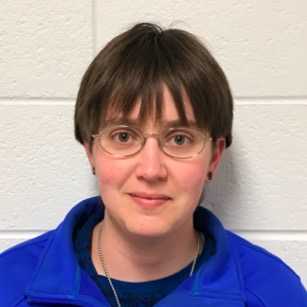Alicia Kollár
Assistant Professor
Fellow

Contact Information
UMD
- Email:
- akollar@umd.edu
- Office:
PSC 2112 (Office)
University of Maryland
Atlantic Building 2207
College Park, MD 20742- Office Phone:
- (301) 405-4058
- Lab:
- PSC B0156
Additional Info
- CV:
- Alicia%20Kollar_CV_2022_Aug.pdf
- Research Profile
- View Profile
- Google Scholar
- View Profile
Research Groups
AMPED
JQI
RQS
Recent Publications
A Circuit-QED Lattice System with Flexible Connectivity and Gapped Flat Bands for Photon-Mediated Spin Models
, , arXiv, (2025)A strong-driving toolkit for topological Floquet energy pumps with superconducting circuits
, , Physical Review A, 112, (2025)Autonomous Stabilization of Floquet States Using Static Dissipation
, , PRX, (2025)

